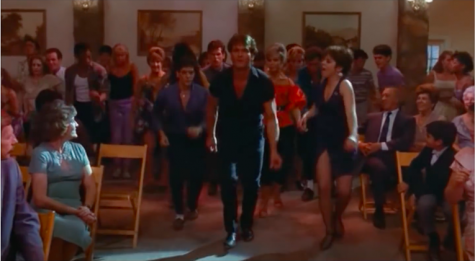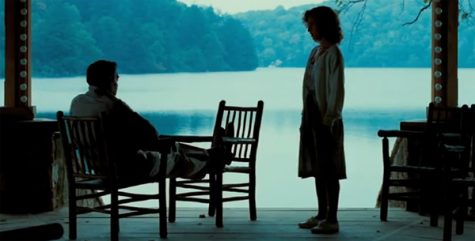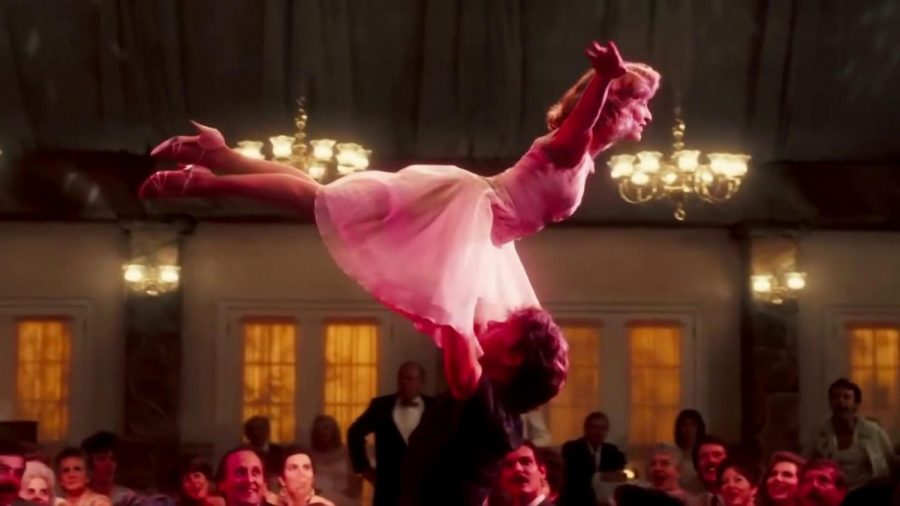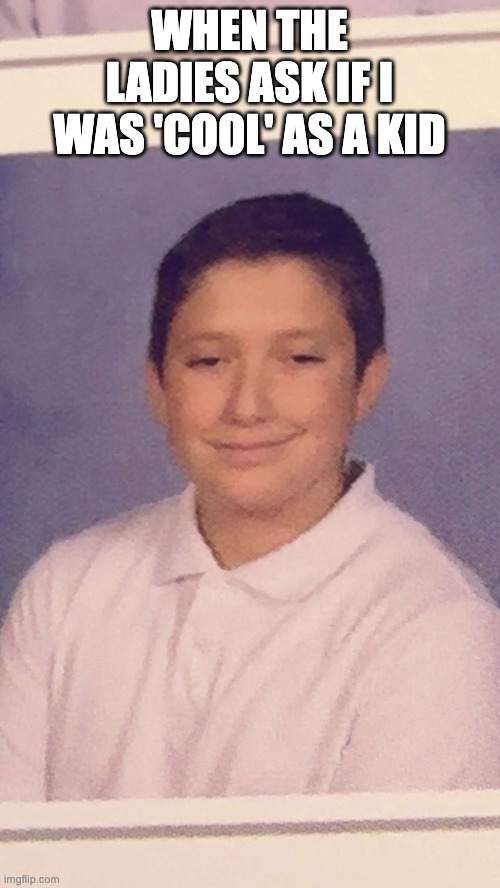Riley’s Rad Reviews – Dirty Dancing
The classic climax of 1987’s Dirty Dancing- the iconic lift.
February 4, 2021
I think one song everybody knows is “(I’ve Had) The Time of My Life.” Daily, I drive around my school campus during dismissal blasting a different 1980s song, and upon playing this song with my friends in the car, they proceeded to scream a “yes” and sing along. The song even prompted a few of the teachers on duty in the car line to dance. There is something so classic and simple about the song, reflecting the greater film it was written for, Dirty Dancing.

1987’s Dirty Dancing follows Frances “Baby” Houseman and her family in the early 1960s upon their summer visit to a Catskills resort. Baby has just graduated high school and is living with a “childish” big dream about joining the Peace Corps and bettering the world.
Upon her arrival, she discovers that the young workers are instructed to pair off with the guests’ daughters and that the working-class people employed at the resort are not treated equally to the ivy-league waitstaff. Baby meets Johnny Castle, a working-class dance instructor, and his dance partner Penny when she infamously carries a watermelon to a staff “dirty dancing” party.
Later, Baby discovers that Penny is pregnant with Robbie’s child, another waiter at the resort who is now pursuing her sister Lisa. Robbie has no intention of helping Penny with the baby, so she wants an abortion. Baby gets involved and provides the money for the abortion (taken from her father) but there is still another problem- Johnny and Penny have a performance at another country club on the day of her procedure. Baby again steps in, offering to take Penny’s place and learn the routines for their performance. Through their practices, Baby and Johnny develop feelings for each other. After their mildly successful performance, Penny is in pain from her botched abortion. Baby runs for the help of her father, who happens to be a doctor, and loses all of his trust when he finds out what his money was used for. Her father takes it out on Johnny.

When Johnny rejects what can only be described as an indecent proposal from one of the country club wives, he ends up being blamed for a stolen wallet and is fired from the resort. Baby apologizes to her father for lying about the money, but not for loving Johnny. In the end, Johnny returns for the end of season performance, bringing Baby onstage to show off all she has learned and his love for her. They dance to the aforementioned song, “(I’ve Had) The Time of My Life,” and Baby completes the lift she had missed at their earlier performance.
Dirty Dancing is one of those films that continues to resonate with new generations. The themes of young love and coming of age stick out in a period of teen films that weren’t all that serious. It stands apart because it isn’t too exaggerated, or made too comedic. Other romance films of the era that were targeted at teenagers, like Can’t Buy Me Love (1987) or Secret Admirer (1985) focus on the awkwardness of young love in a real but funny way. Dirty Dancing goes the full-romance route rather than tagging extra comedy onto the plot just to please the industry. The film keeps Baby’s coming of age story honest and raw without it coming across as too emotional or difficult to talk about.
Though the film is about romance, there is also a center around dancing. In the 1980s, musical films and movies with dancing were fading away as the decade ended. 1983’s Flashdance and 1984’s Footloose were popular at the time of their respective releases, but the focus of the film industry was changing from the lighthearted warmth of the golden age of Hollywood (pre-1970s Hollywood) to the new, “gritty” and honest style of the 1990s.

Another thing that stands about the film is its theme of female empowerment. In the 1960s when the film takes place and even in the 1980s when it was released, feminism had not reached a mainstream audience. Politics of the time were also skewed conservative, the Reagan era of the ’80s trying to push back the “ideal lifestyle” of the 1950s onto women.
The film portrays Baby’s growth from a child to a woman, and instead of teaching that this means she becomes complacent with the wishes of others, it makes her strong and willing to stick up for herself, asking for the accountability of others. As a teenager, I can relate to her struggle with authority and feeling like I’m not heard when I’m passionate about something. Baby’s dream to change the world seems almost silly at the beginning of the film, but by the end, you can see that she has the power to achieve anything.
While Dirty Dancing reflects a greater time of simplicity in our society, the film still manages to tackle social issues and dynamics we are often unwilling to address today. Whether it be abortion, female sexuality, a woman’s place in the world, or the divide between social classes, Dirty Dancing raises all these questions in a way that doesn’t seem too forceful. While the film is a lot of “feel-good fun,” as many would describe it, it isn’t afraid to shy away from real-world issues. The film has managed to leave an impact because even 34 years later, these are still issues we face daily.
Most will remember Dirty Dancing for the music, the dancing, the actors, the love story, or even the lines and scenes that have become embedded in pop culture. But what it really should be remembered for is how it broke barriers in media portrayals of womanhood and set a spotlight on the problems that many shy away from, even though they continue to live around us.









Natalie • Feb 6, 2021 at 8:46 AM
So true.. of course we are delighted with the music and dancing and of course the best actor/dancer to star. That is what grabs our attention. But the simple themes of the movie is what keeps it wholesome. Not judging a person by the way they look and always doing the right thing. Great job, Riley.
Carol LaChance • Feb 6, 2021 at 5:43 AM
Awesome review. One of my all time favorites. Great job Riley.
Mike connell • Feb 5, 2021 at 10:51 PM
Awesome review,! I’ve seen that movie many many times especially when it first came out.your review is spot on and also worded and written probably better than most reviews I’ve seen on entertainment tonight and other movie reviewer’s .good job Riley!
Nancy Ferreira • Feb 5, 2021 at 10:35 PM
I loved the movie “Dirty Dancing. ‘ This review is very insightful as to the significance of the many social issues played out in the movie.